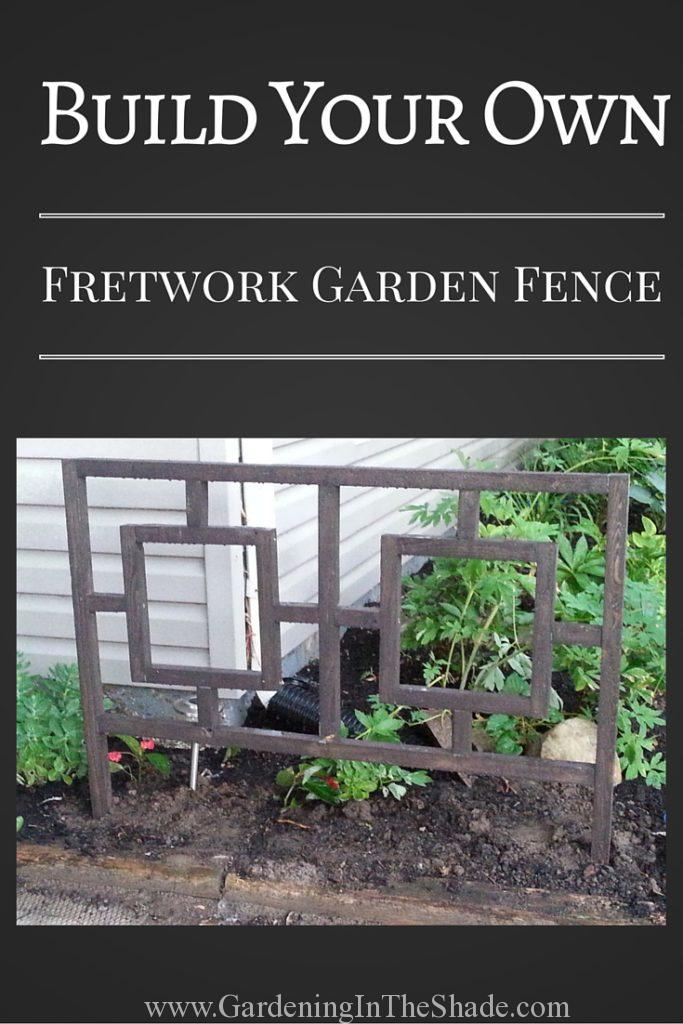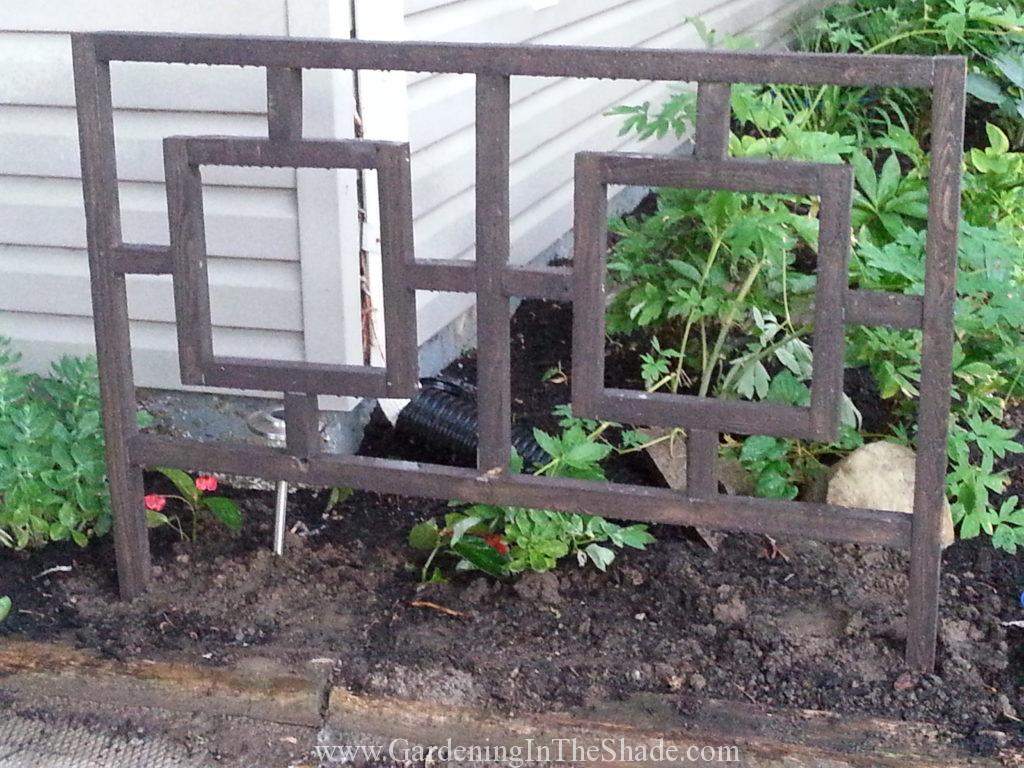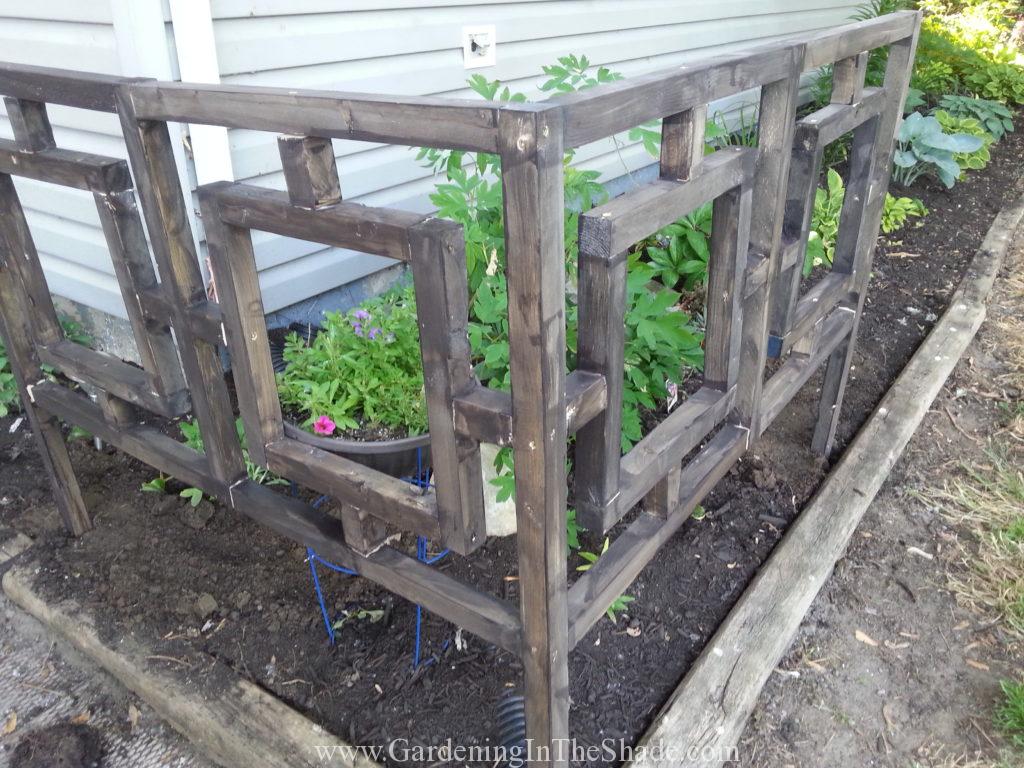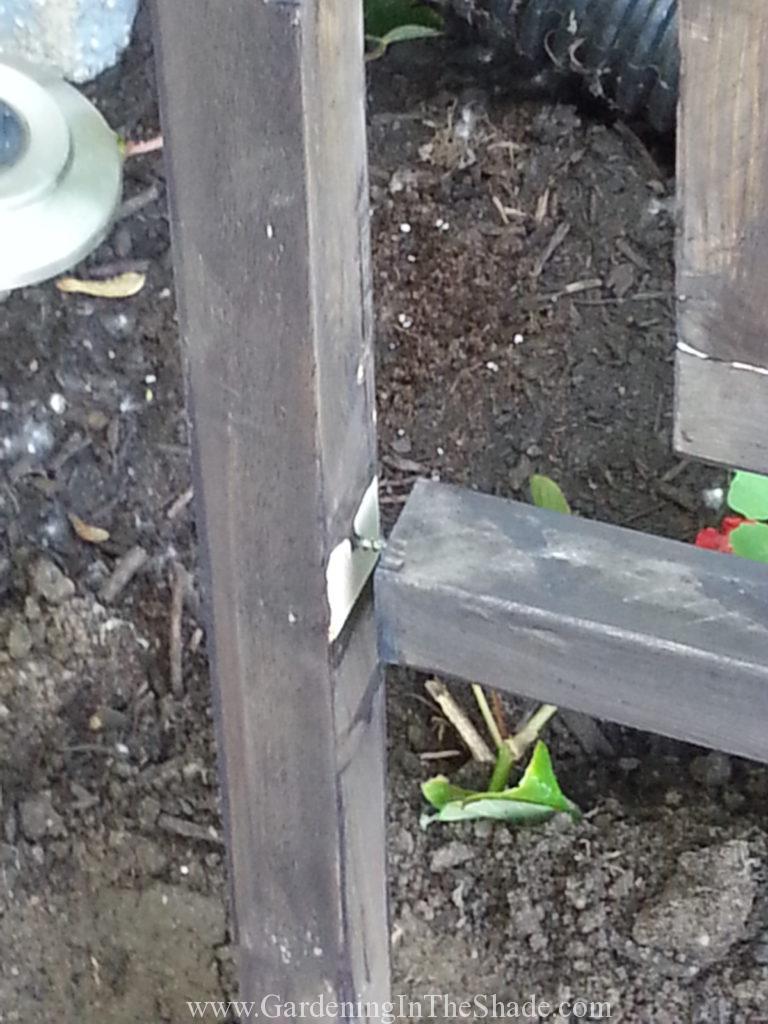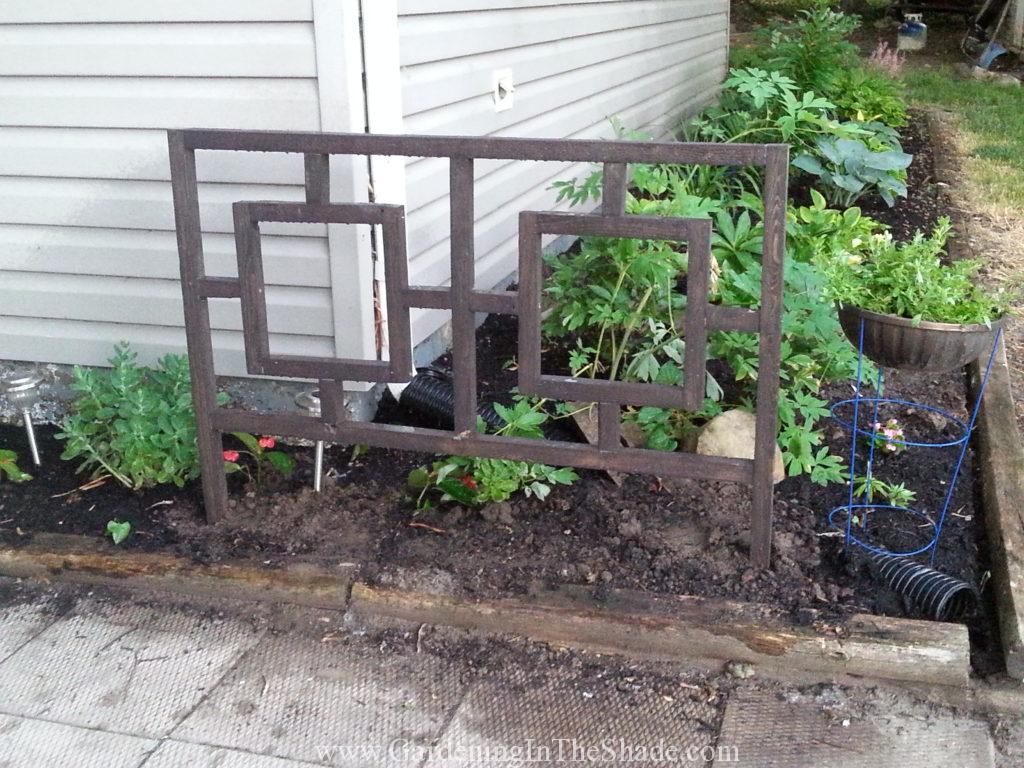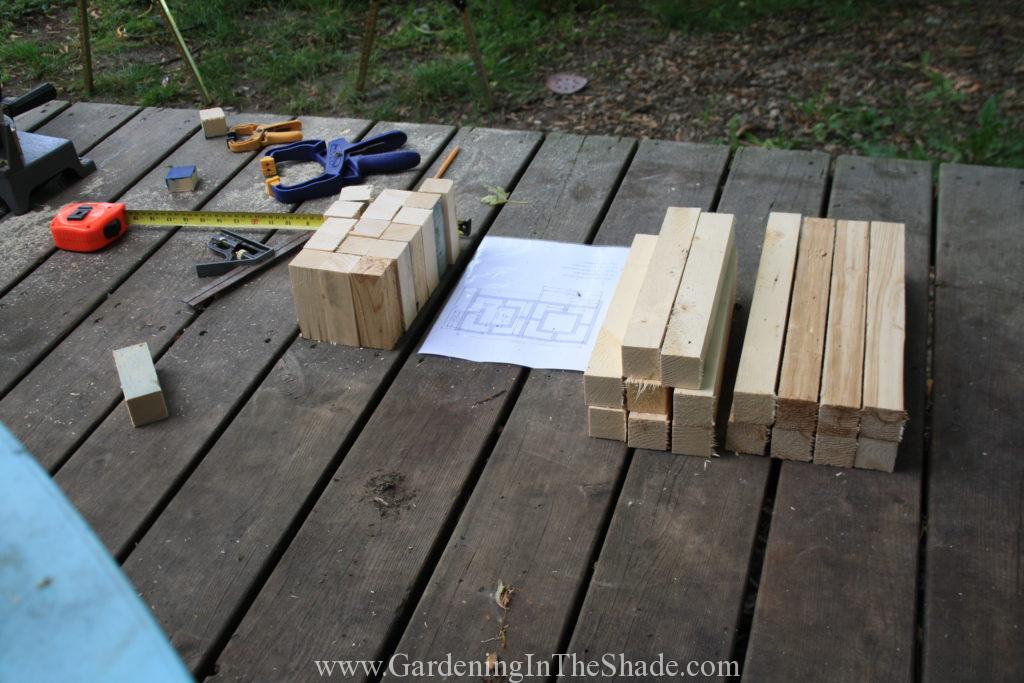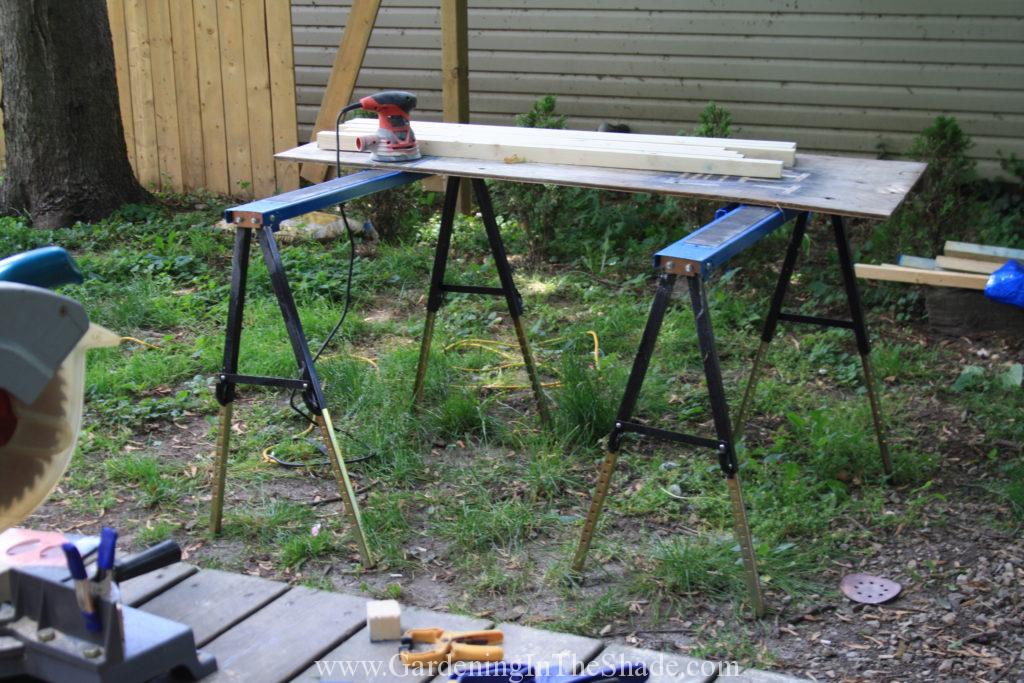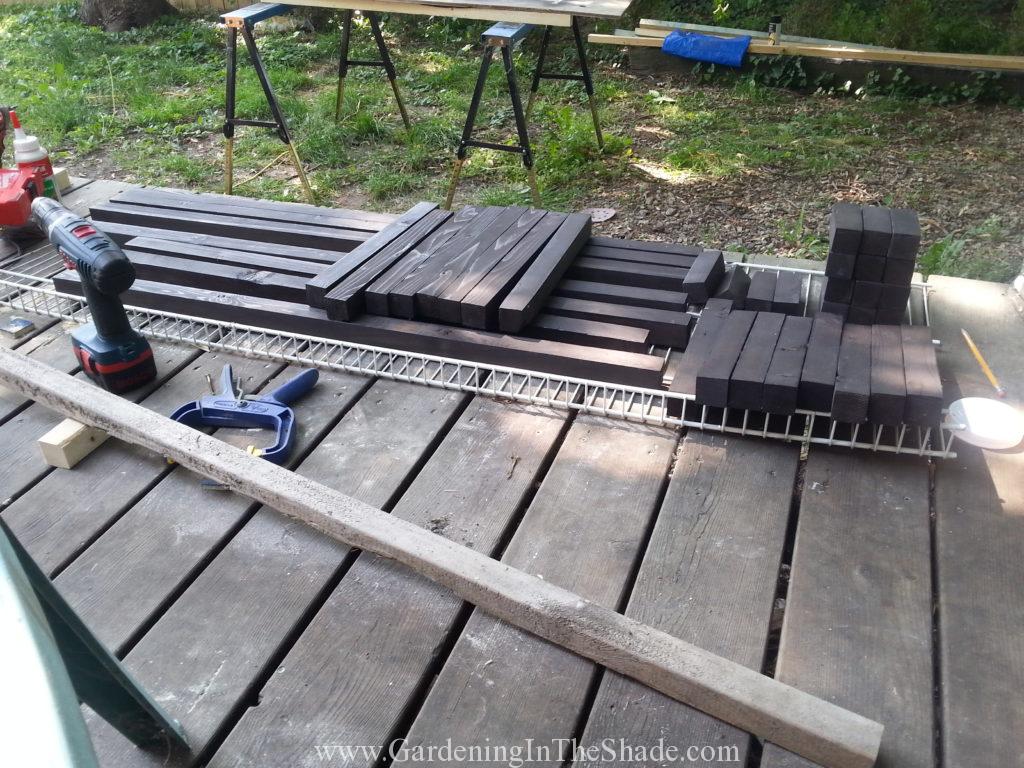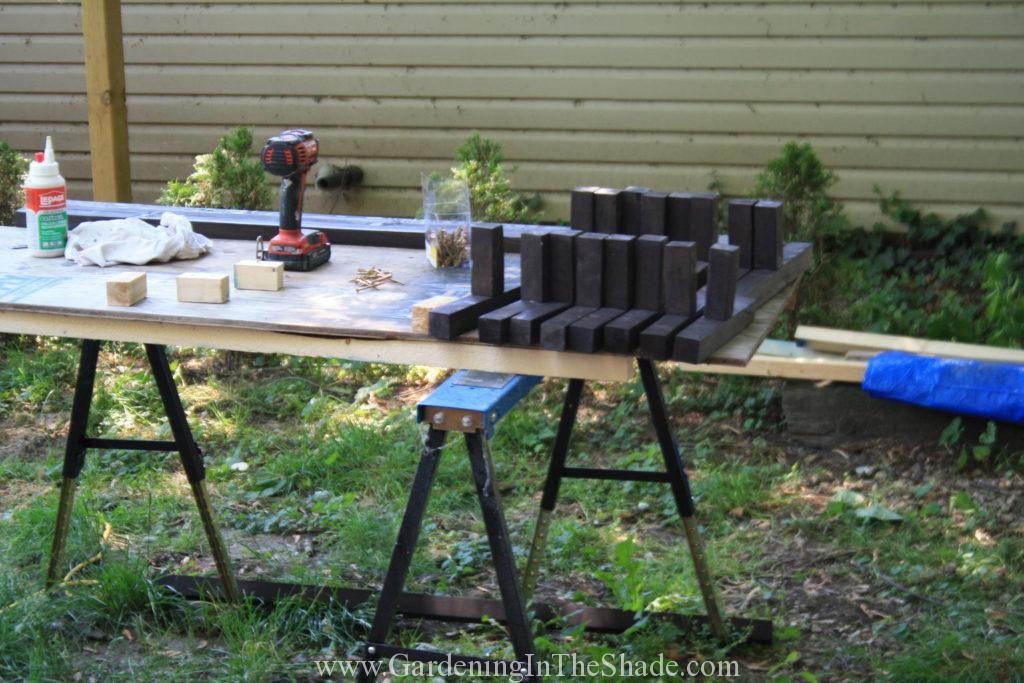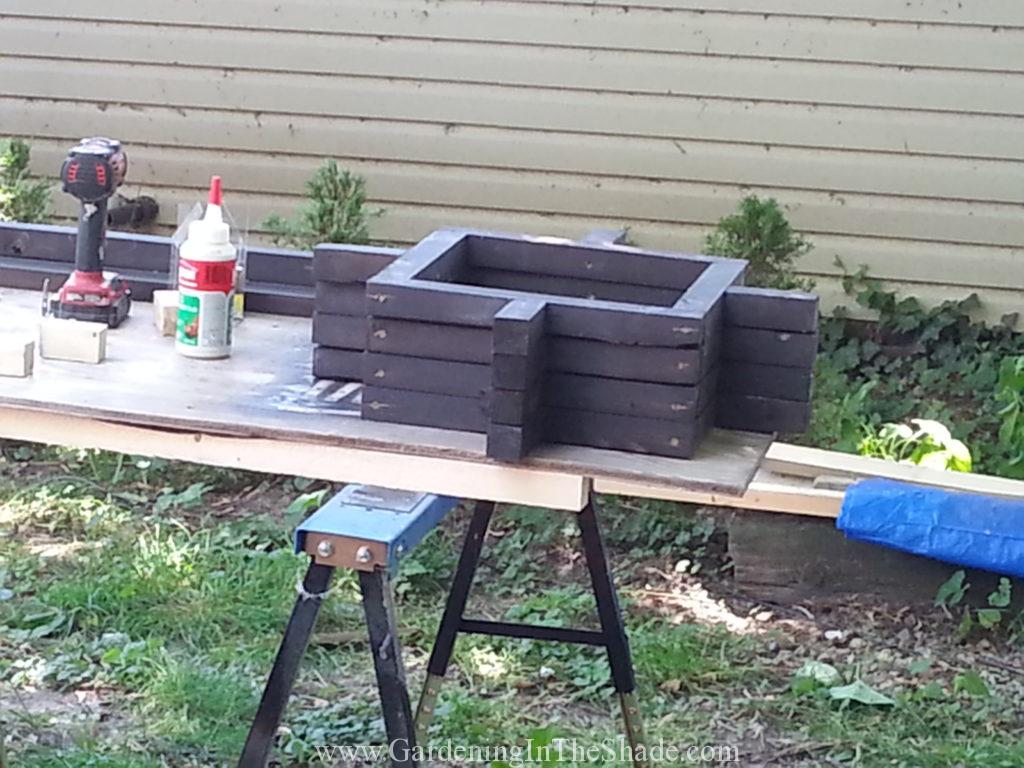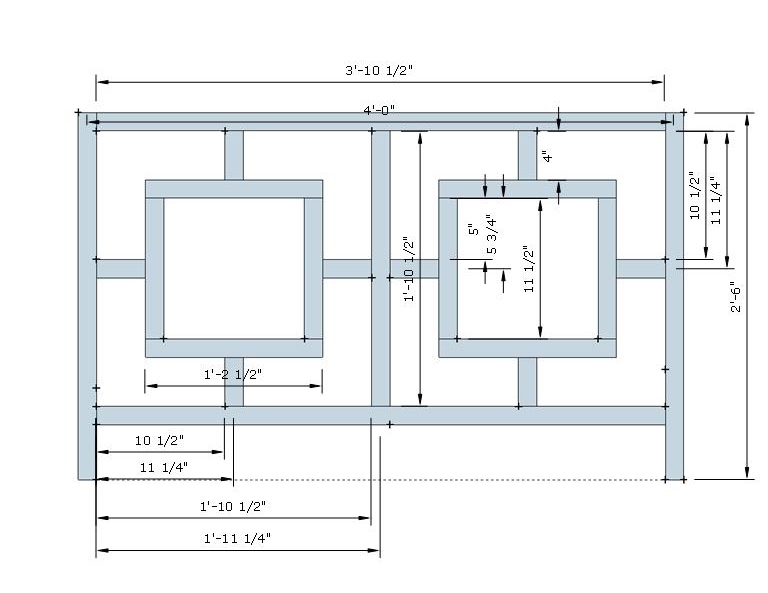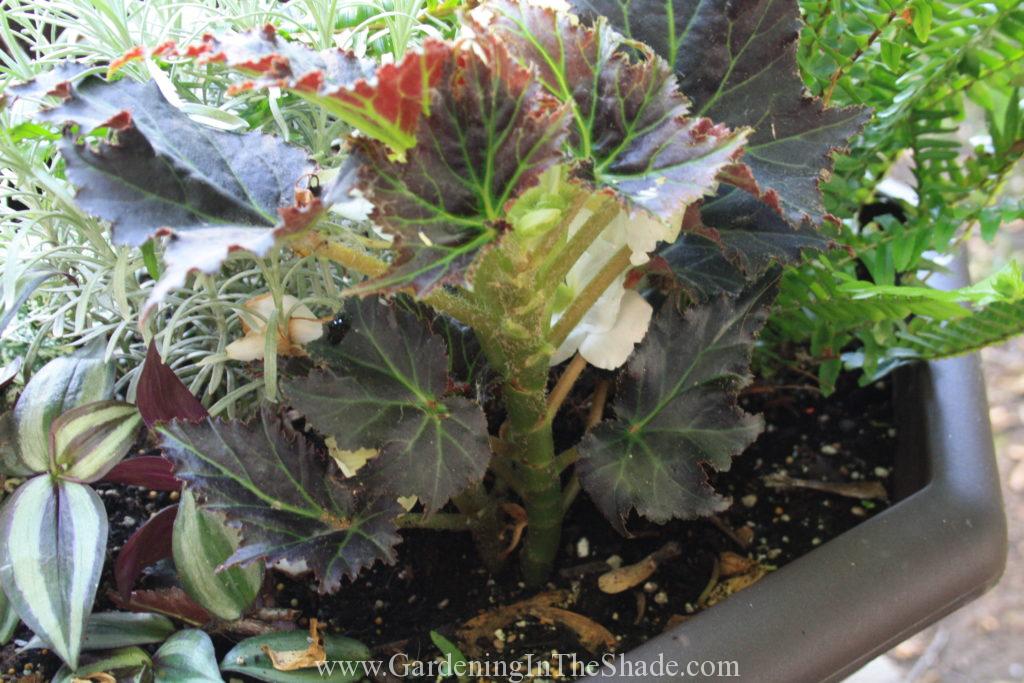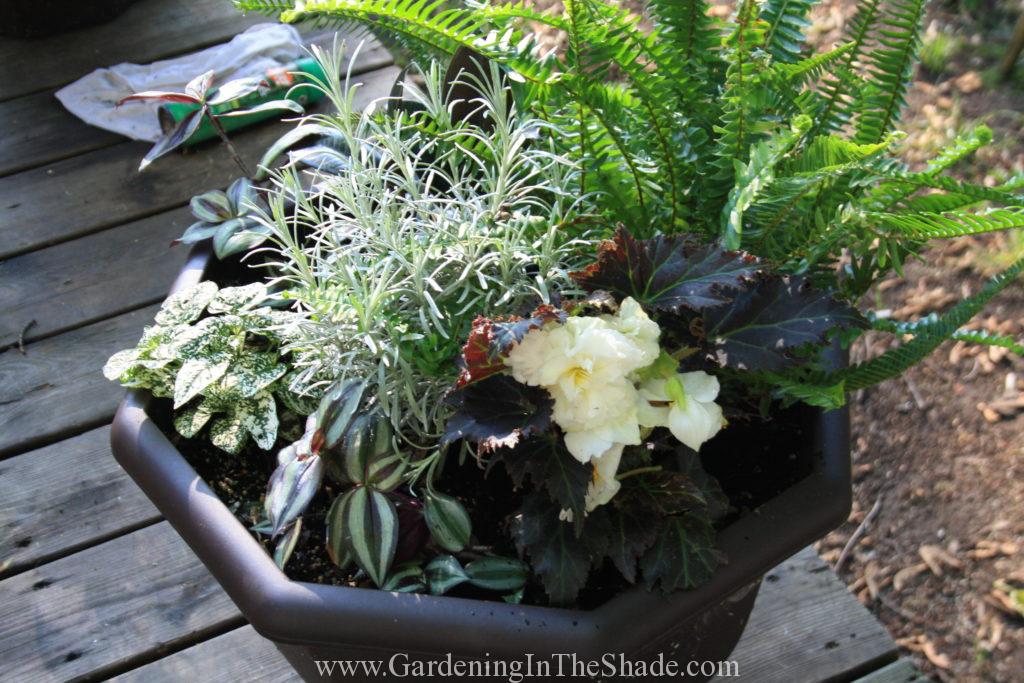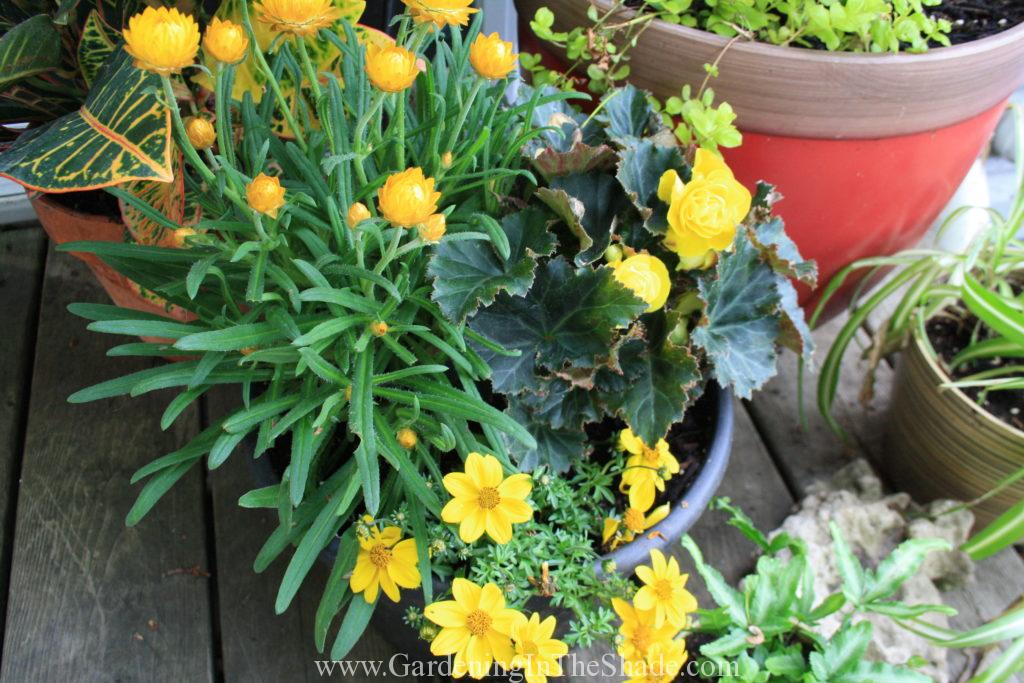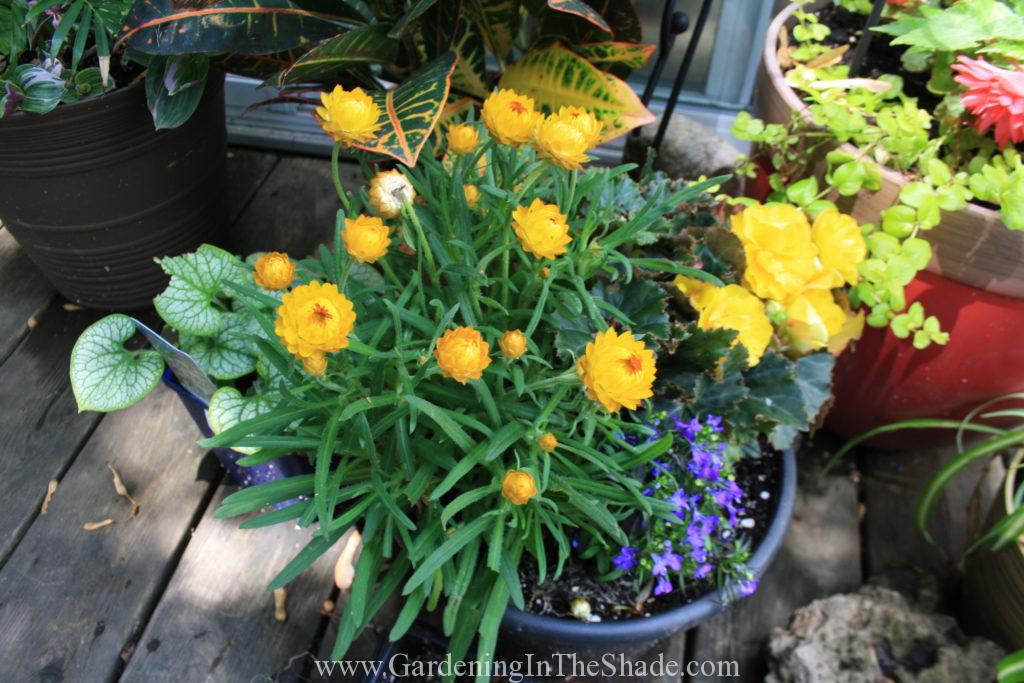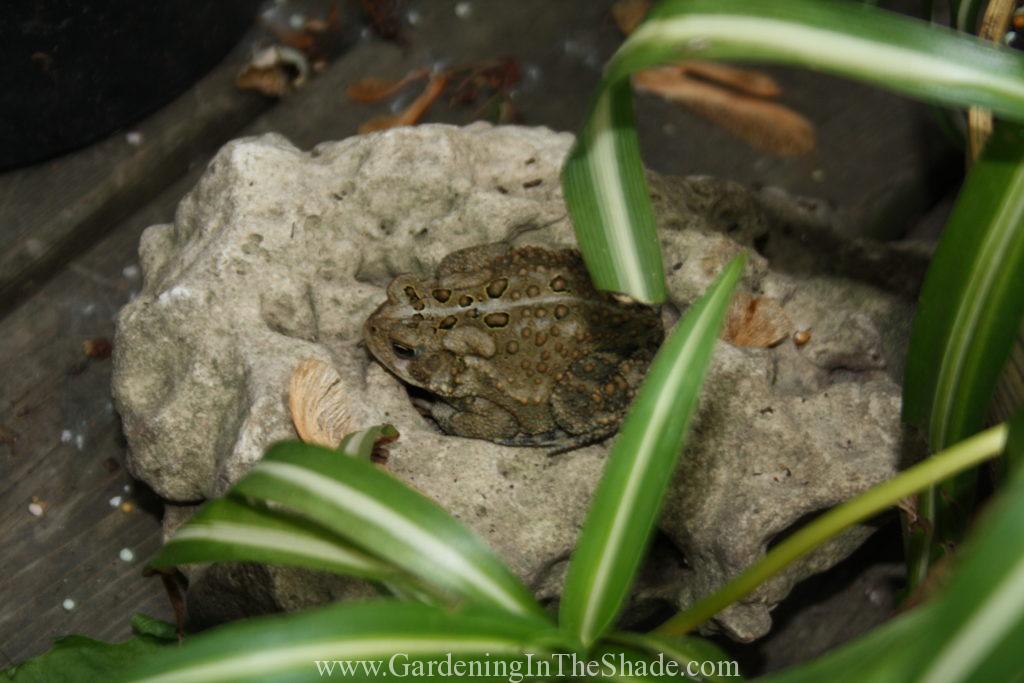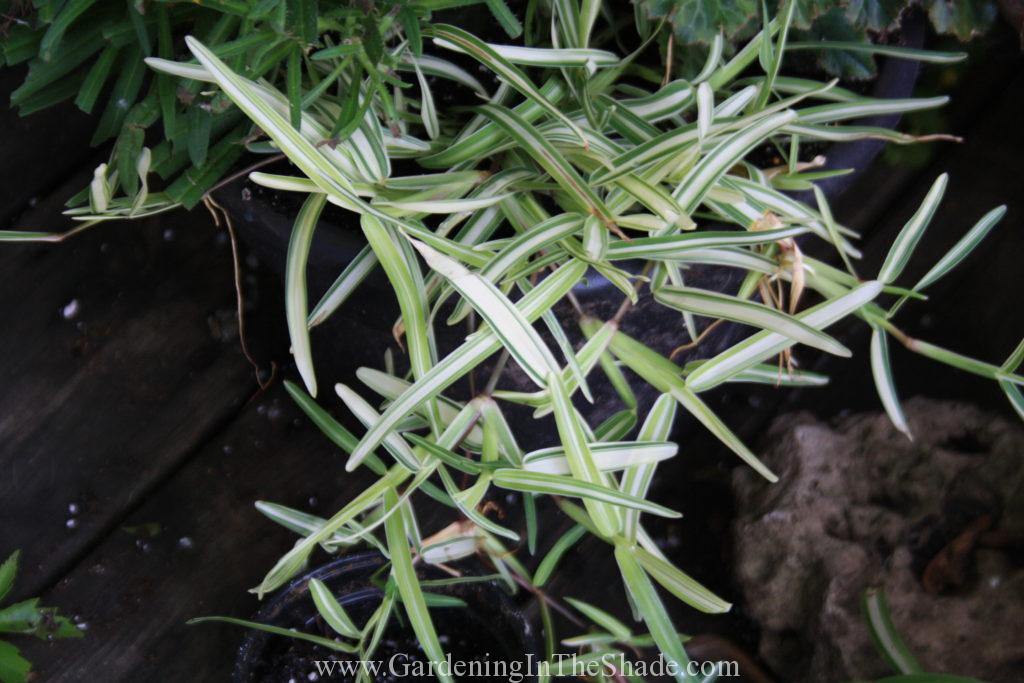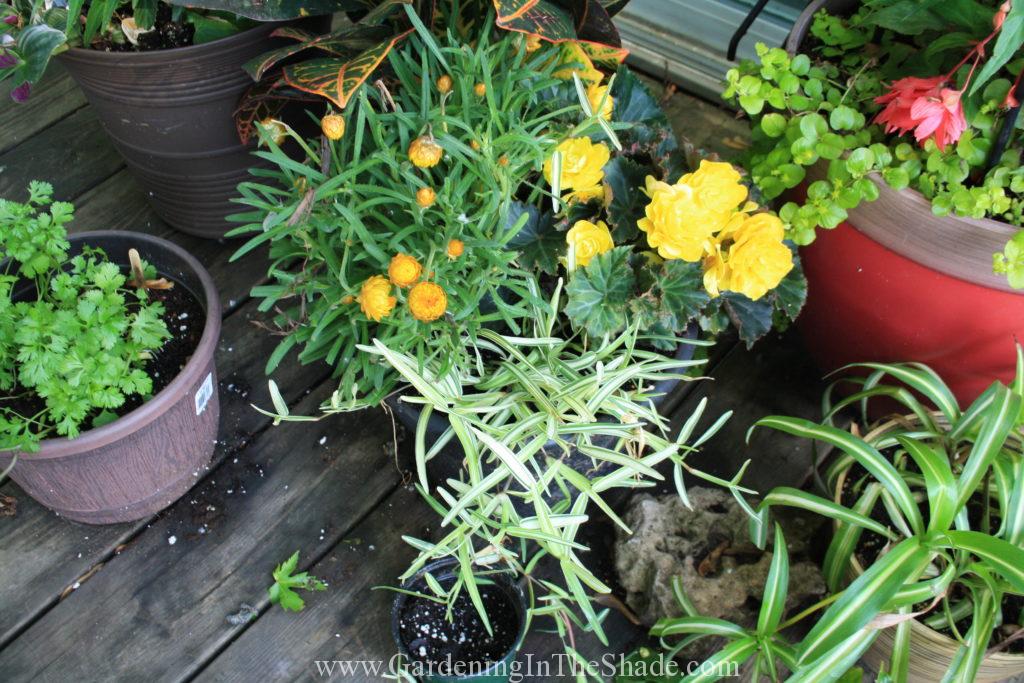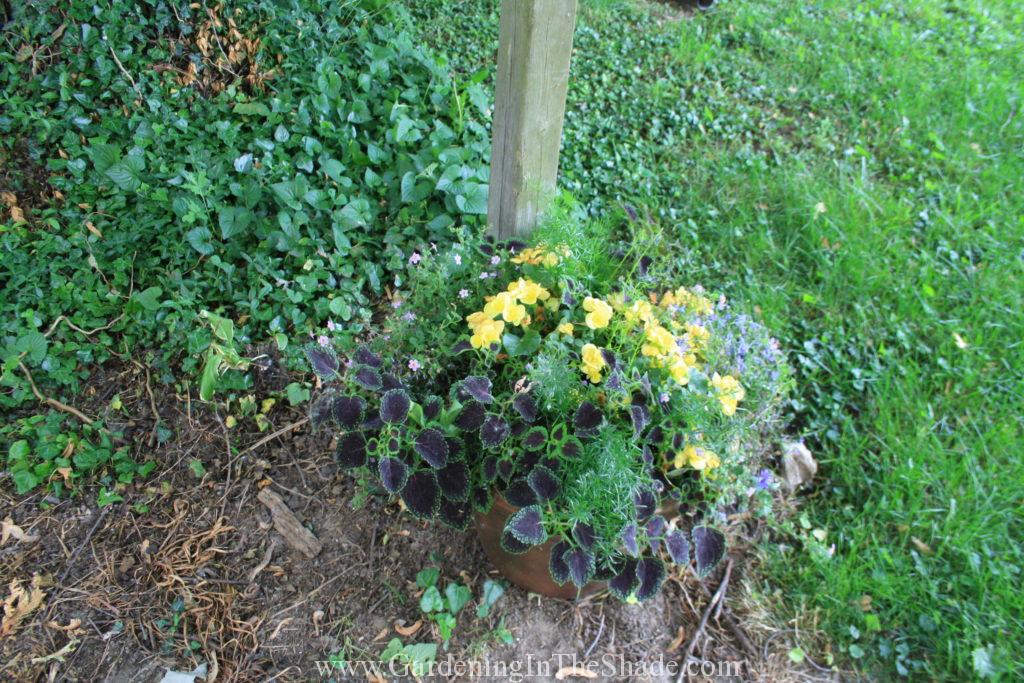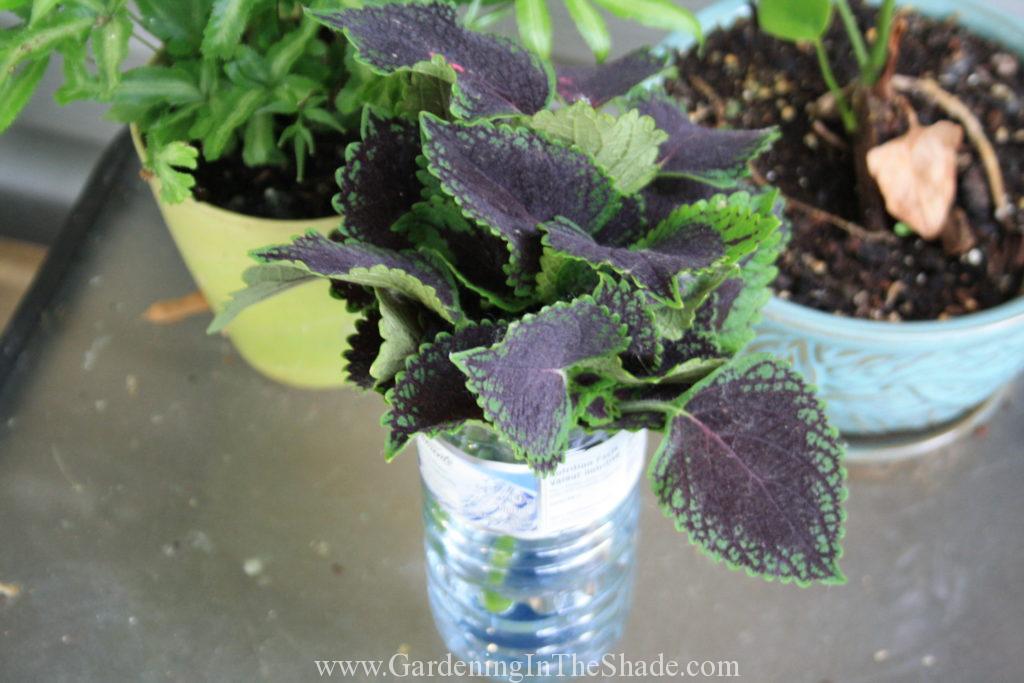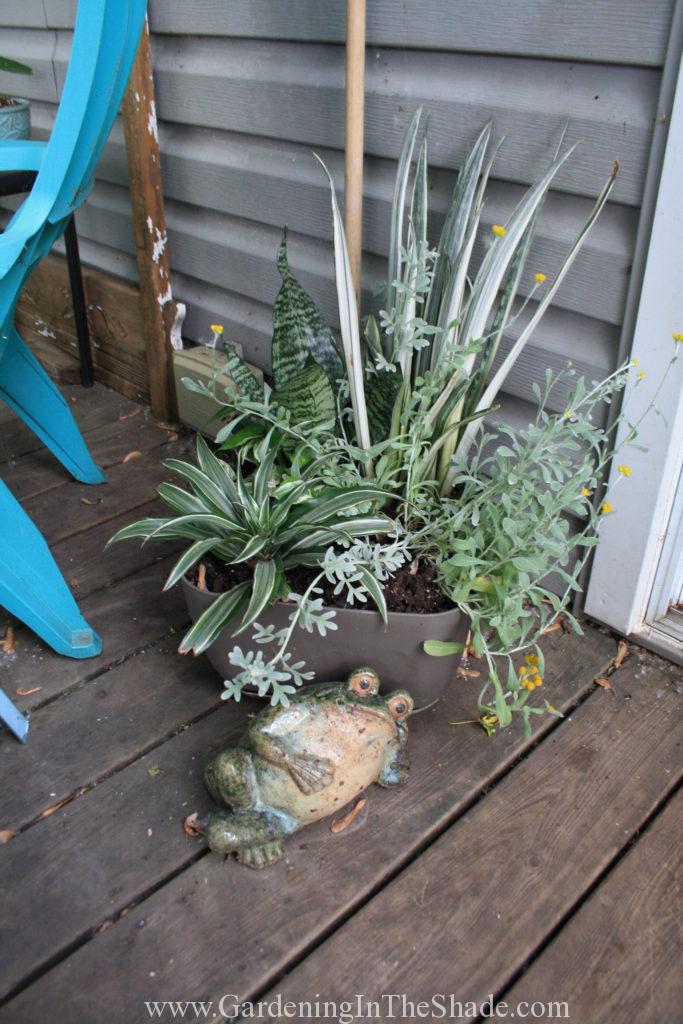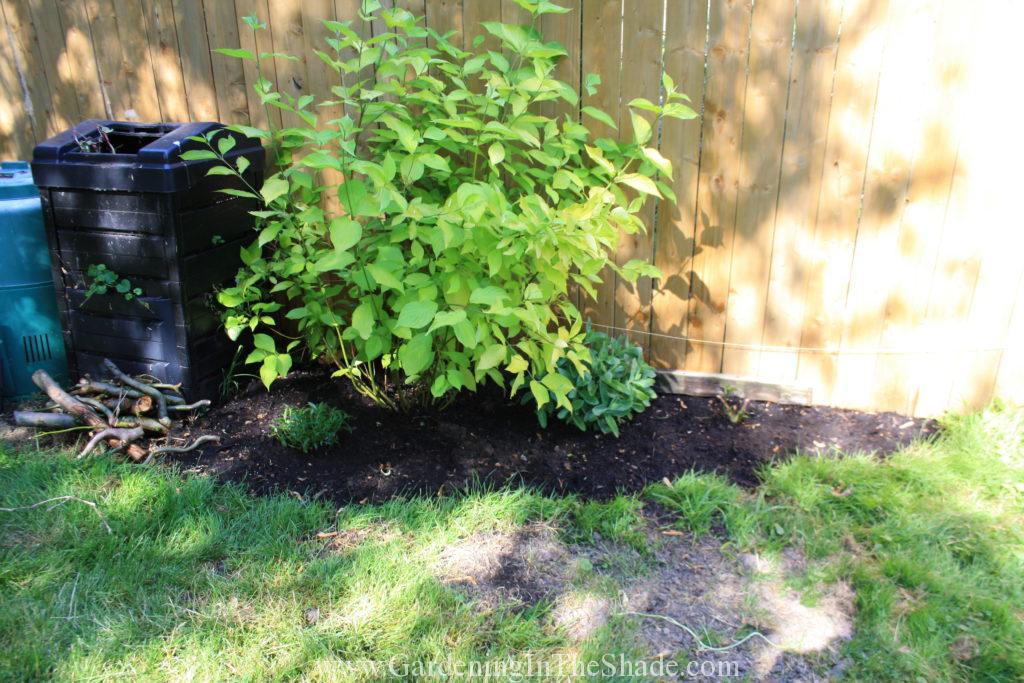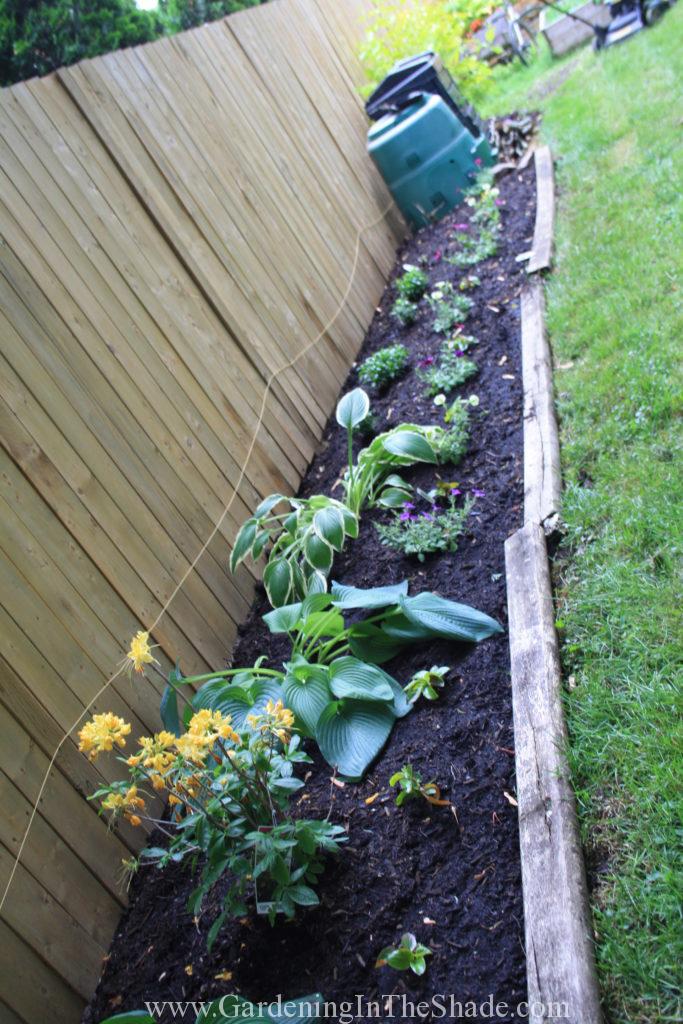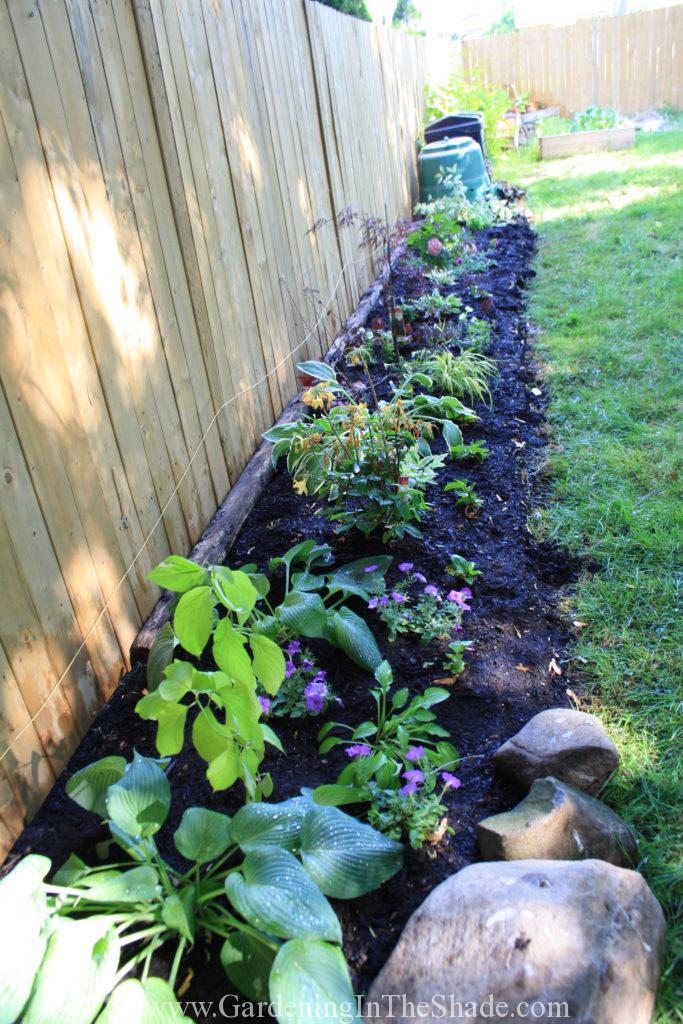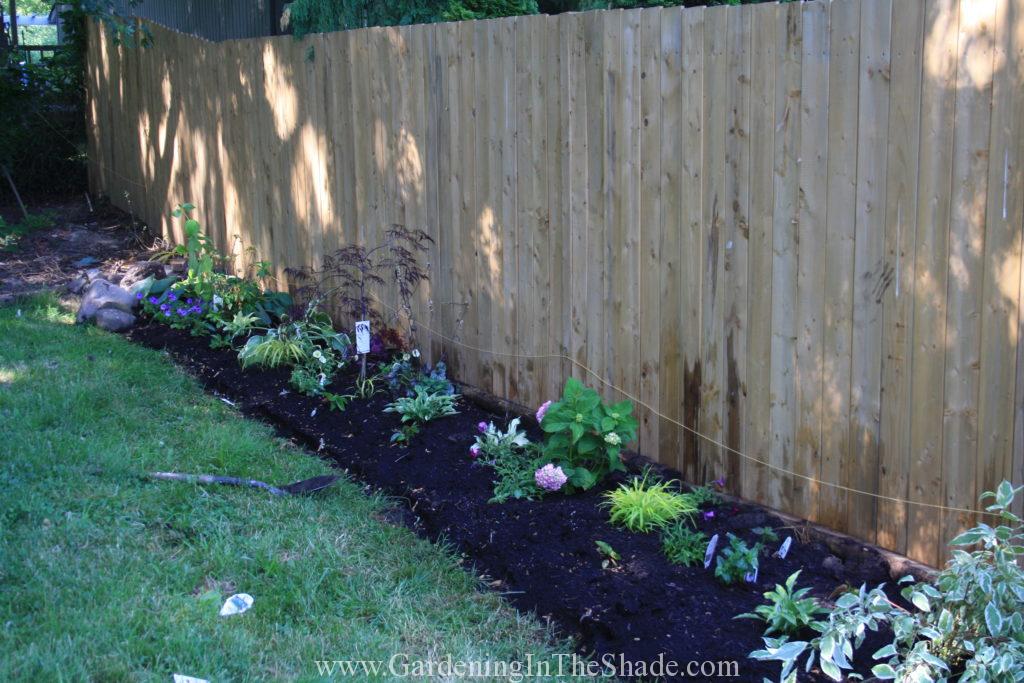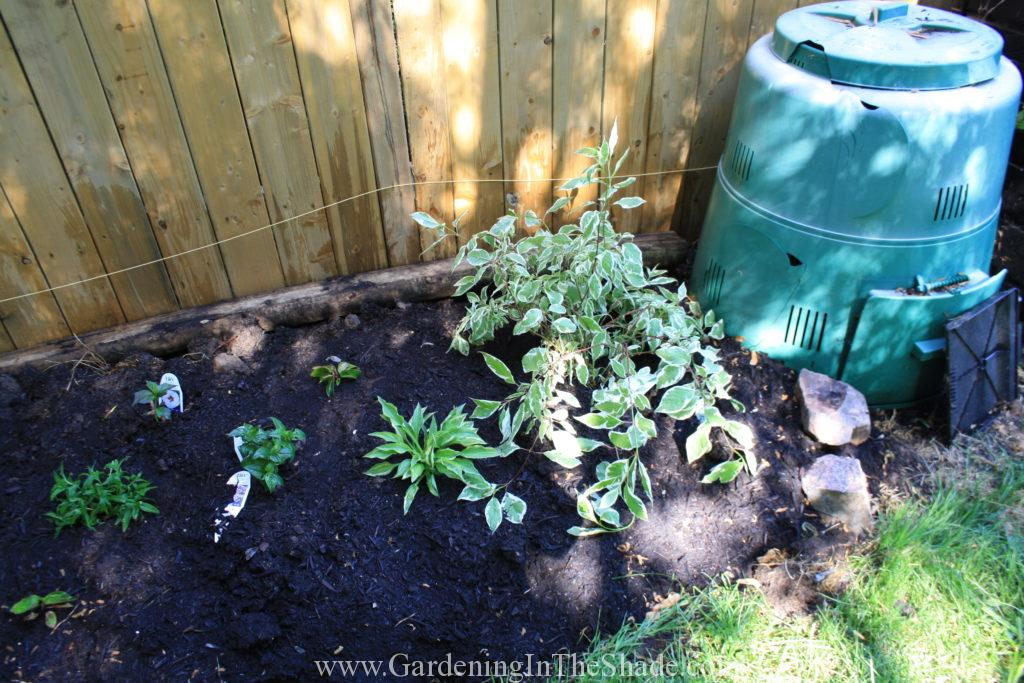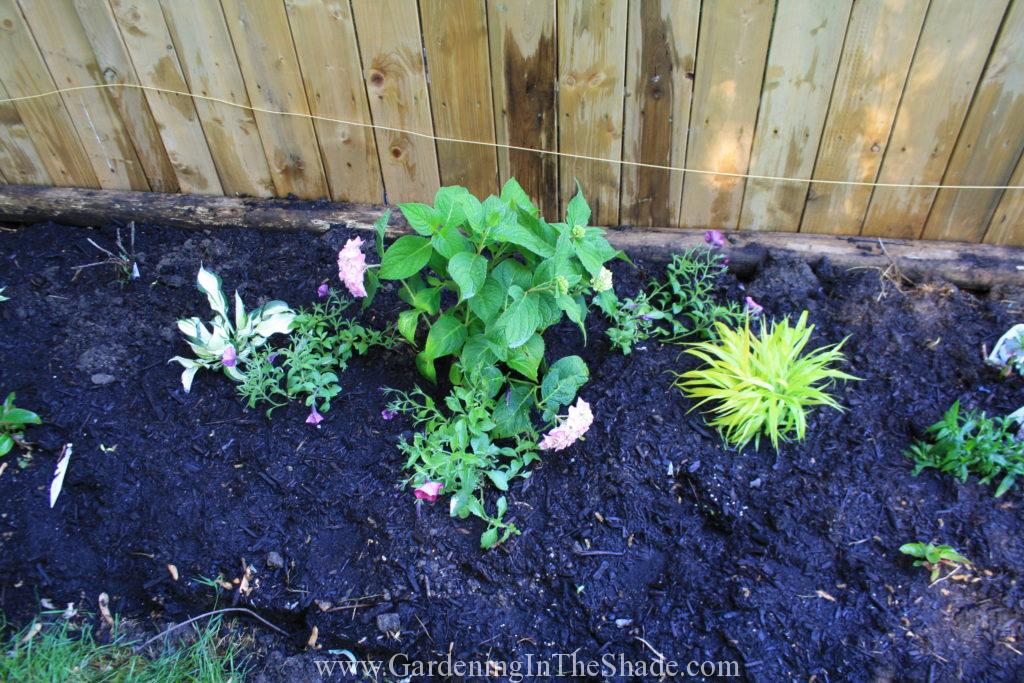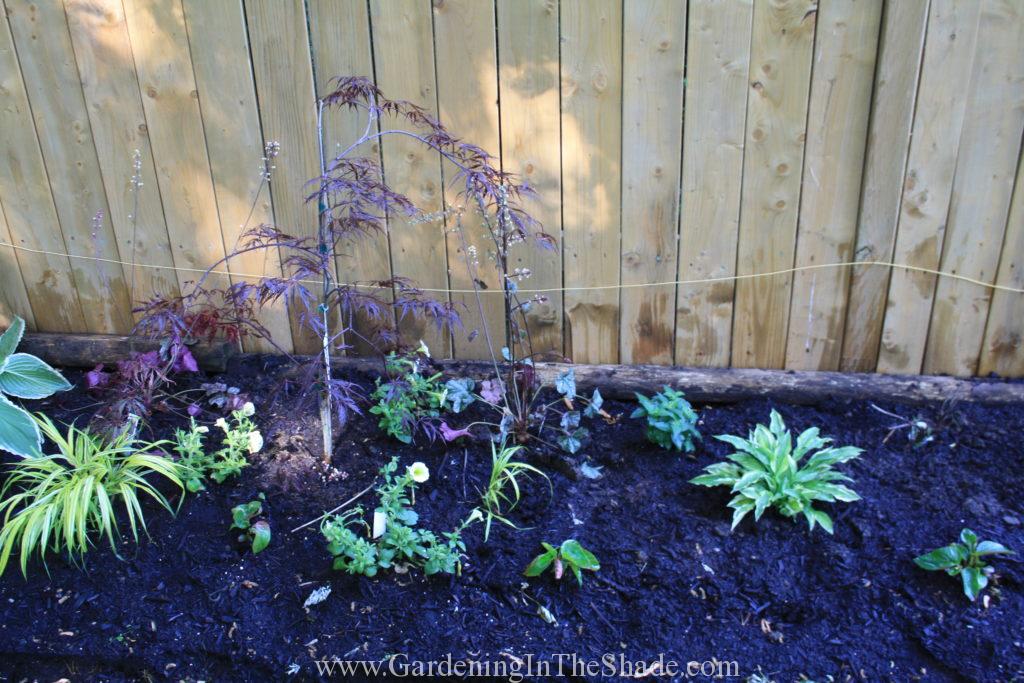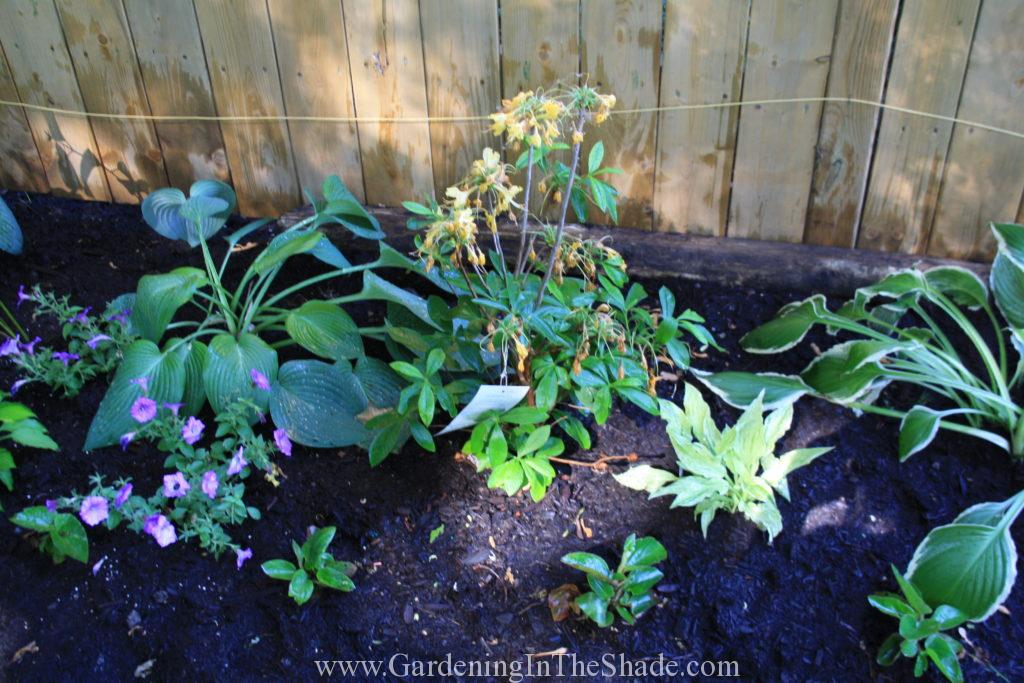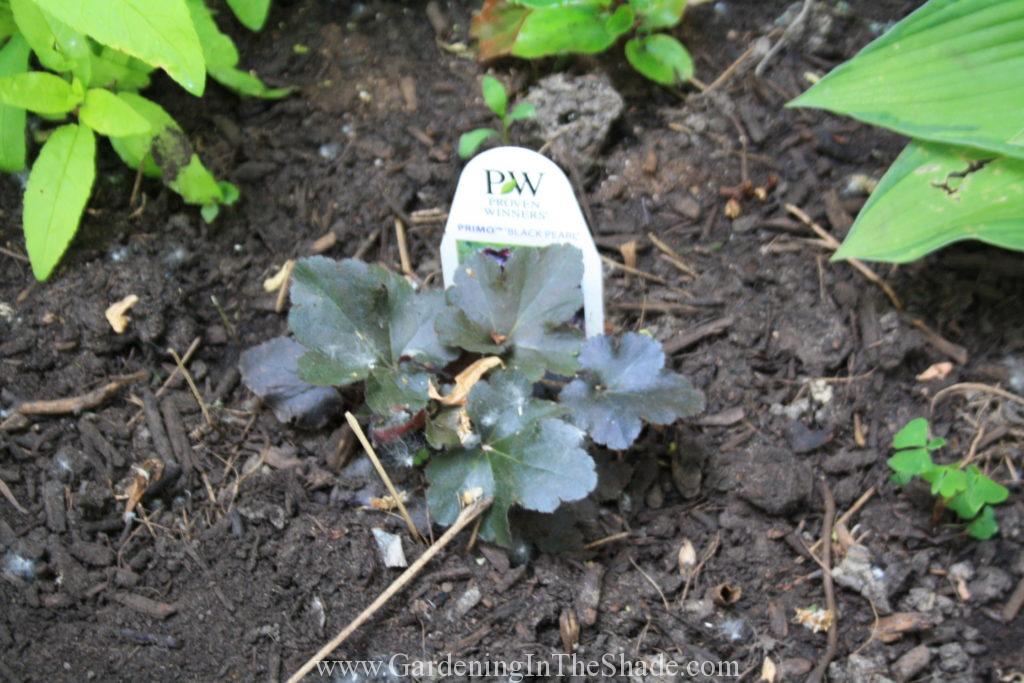
I’m not sure how I feel about this new Heuchera in my garden. It’s a Proven Winners variety called Black Pearl. Black Pearl has black leaves (who would have guessed that?) with purple undersides. Flowering is later in the season, around midsummer, and it flowers white with a pink calyx.
I have it in a fully shaded spot which seems to cause the topside of the leaves to show as more olive than black. What is troubling me though is what to plant around it to make the black foliage pop.
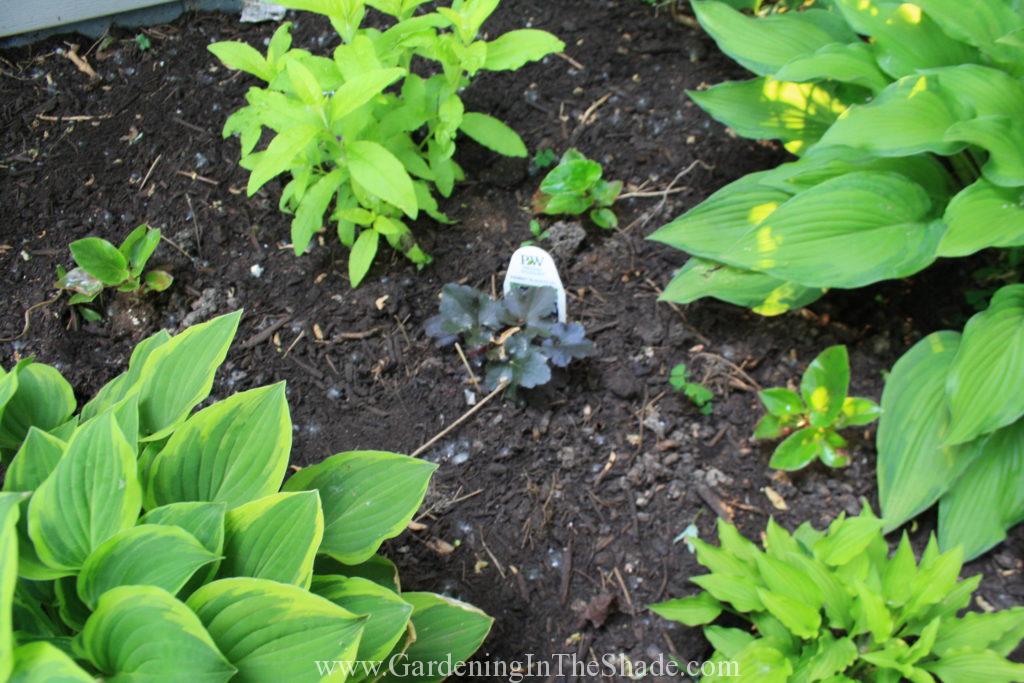
I’ve kept my beds top dressed with compost instead of mulch, so the soil is black. Which makes the dark foliage of Black Pearl fade into the ground. I feel black foliage should offer dramatic contrast against its surroundings and I’m struggling with companion plants that will make that happen.
Heuchera Black Pearl has better heat and sun tolerance than other dark-leaved varieties. It does well in the landscape but I think the color of Black Pearl would be easier to display in a container. It’s a shorter Heuchera, only reaching 8-10″, so it would be hard to plant in front of it. Tomorrow I’m going to try moving it to improve its visibility in the garden.
I have two Brunnera Jack Frost that I could plant it in front of, or I could try a grouping of three Heuchera, and plant Black Pearl with Silver Scrolls Purple Petticoats. Silver Scrolls has a very complimentary but lighter leaf color, and Purple Petticoats would accent the purple undersides of the leaves nicely. Both are slightly taller at 12″ so Black Pearl would be a bit shorter and possibly work well in front of them.
It’s tricky to decide how it will all look when none of the plants involved are mature plants. At maturity the leaves of Black Pearl will have ruffled edges so perhaps next year the purple undersides of the leaves will be more noticeable and differentiate it from the background of dirt.
If you enjoyed this post, don’t forget to share it with your friends! For more just like it follow me on Pinterest, Facebook and Twitter or sign up for regular updates by email.
If you have ever thought about starting a garden or craft blog of your own see how easy it is >>here<<.

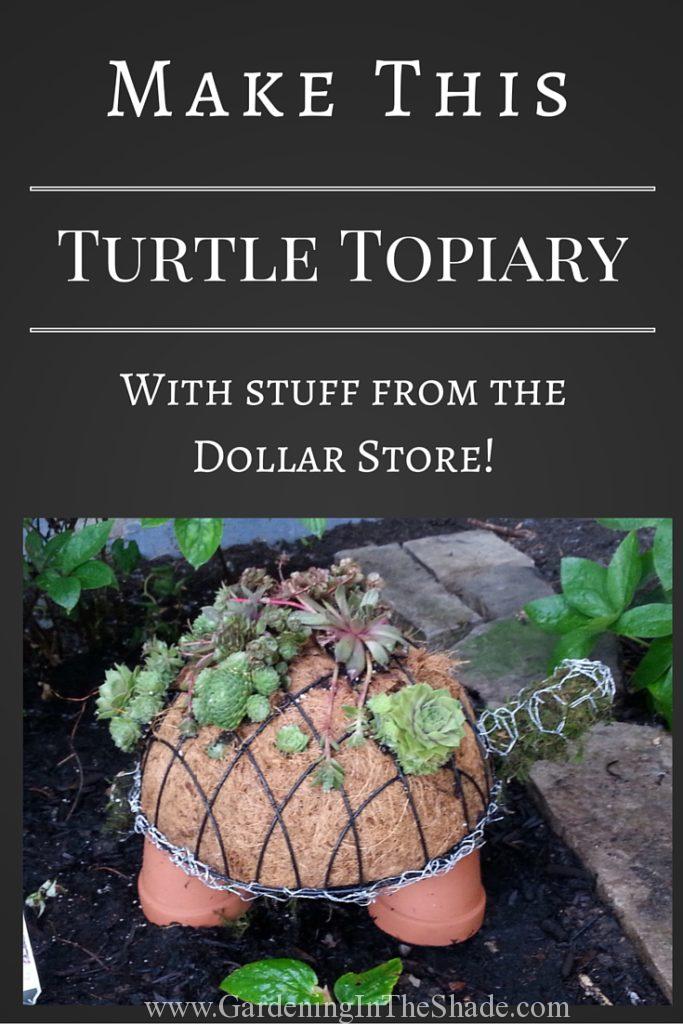
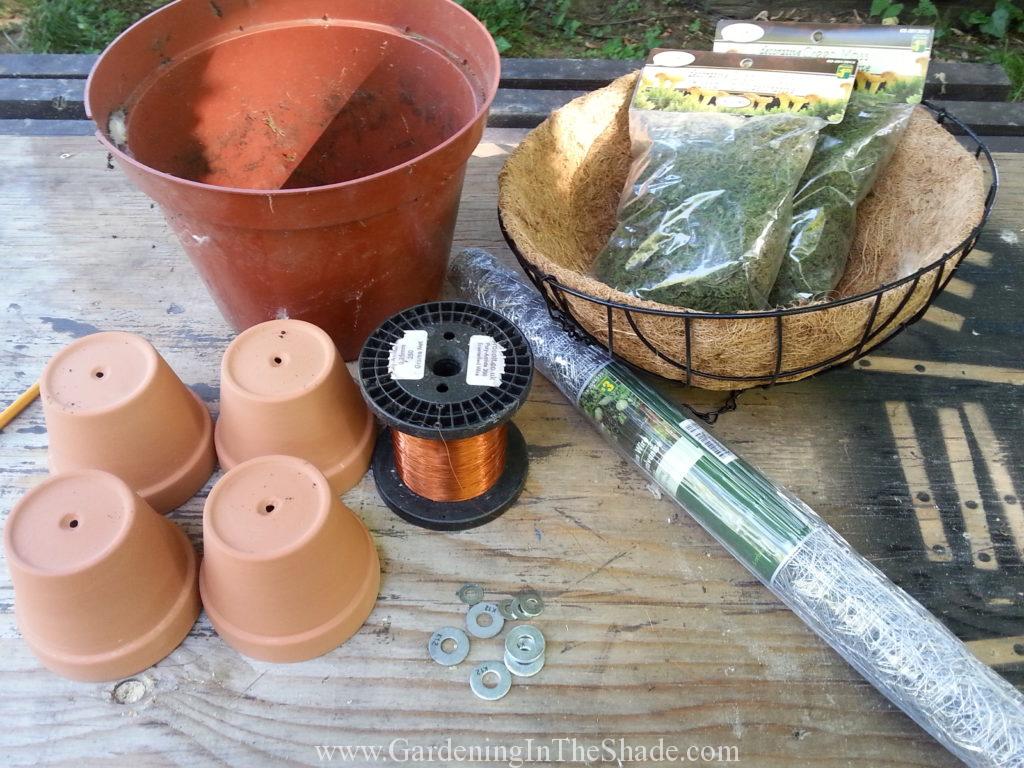
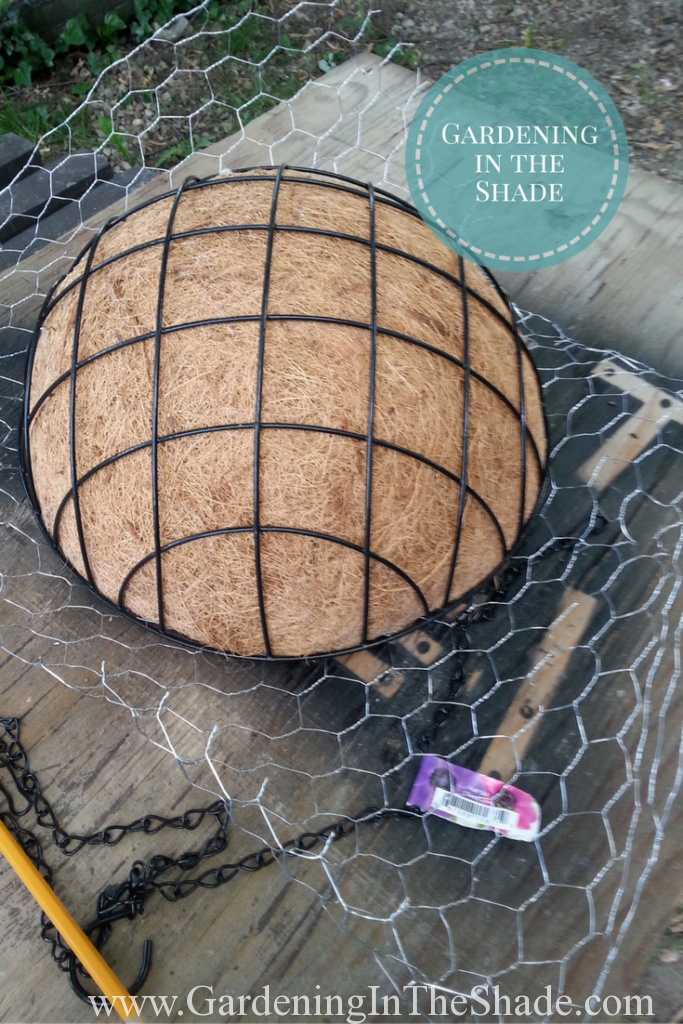
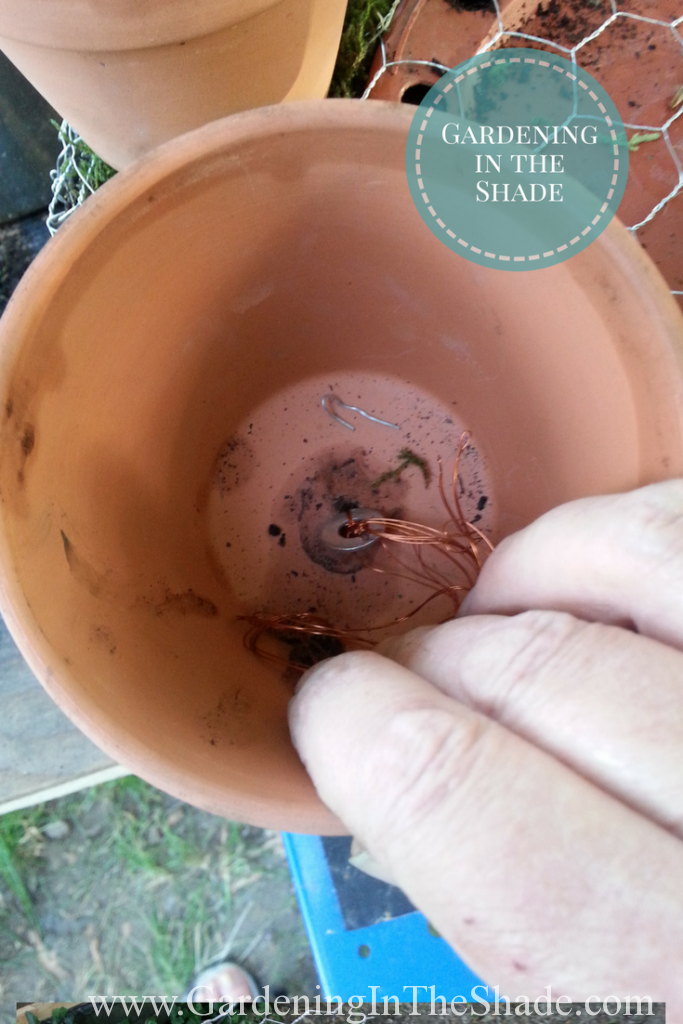
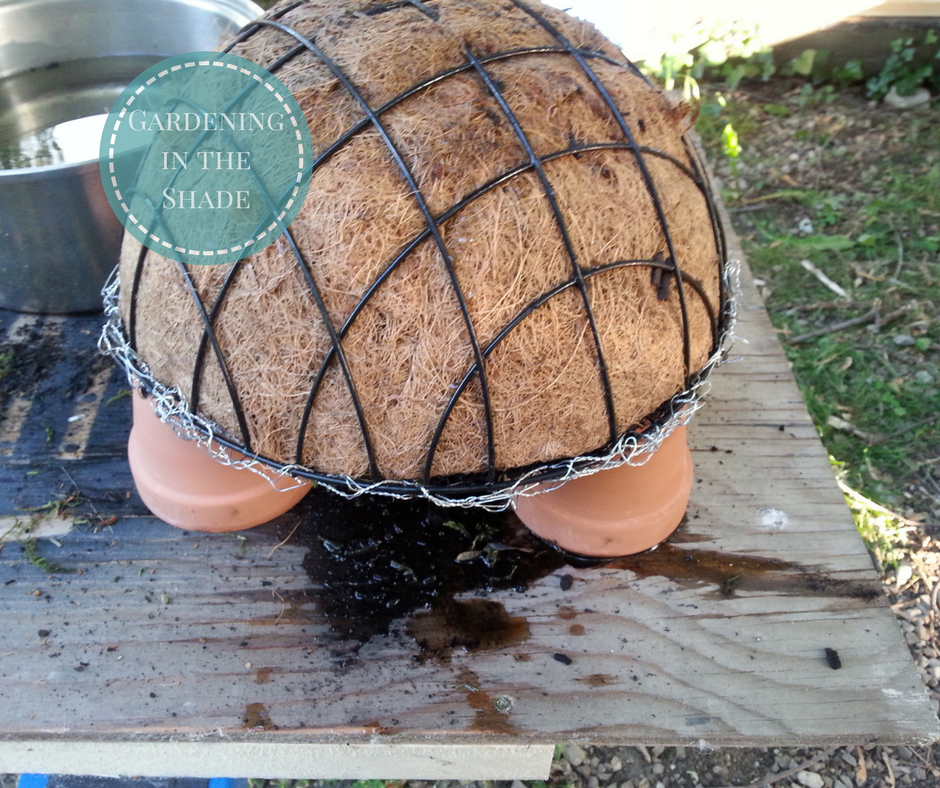
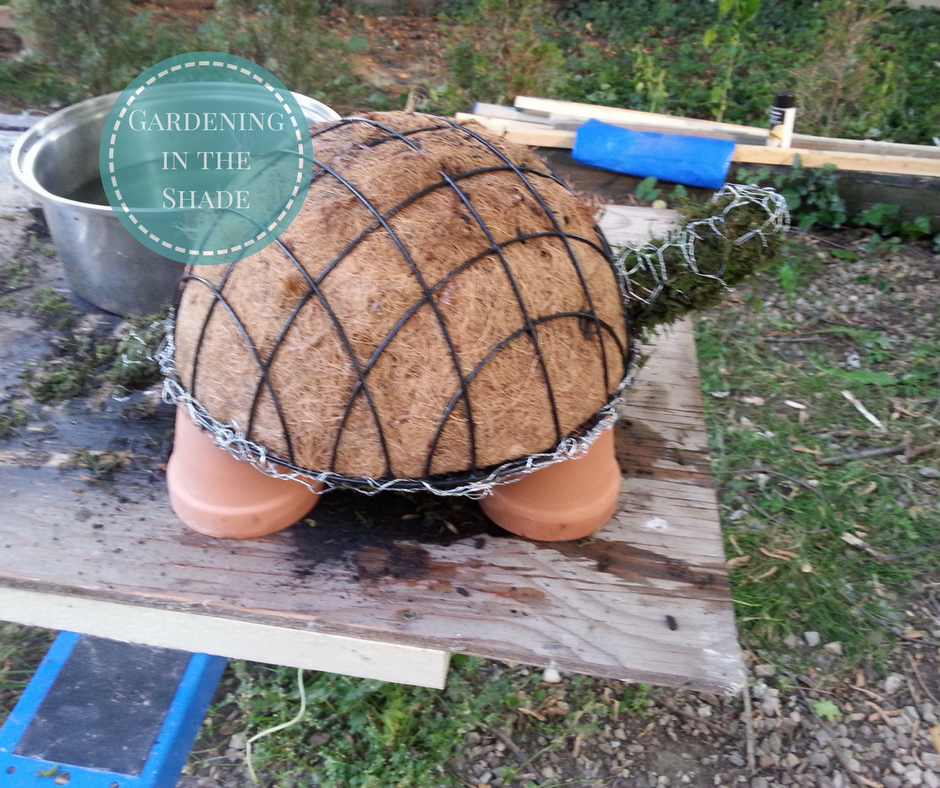
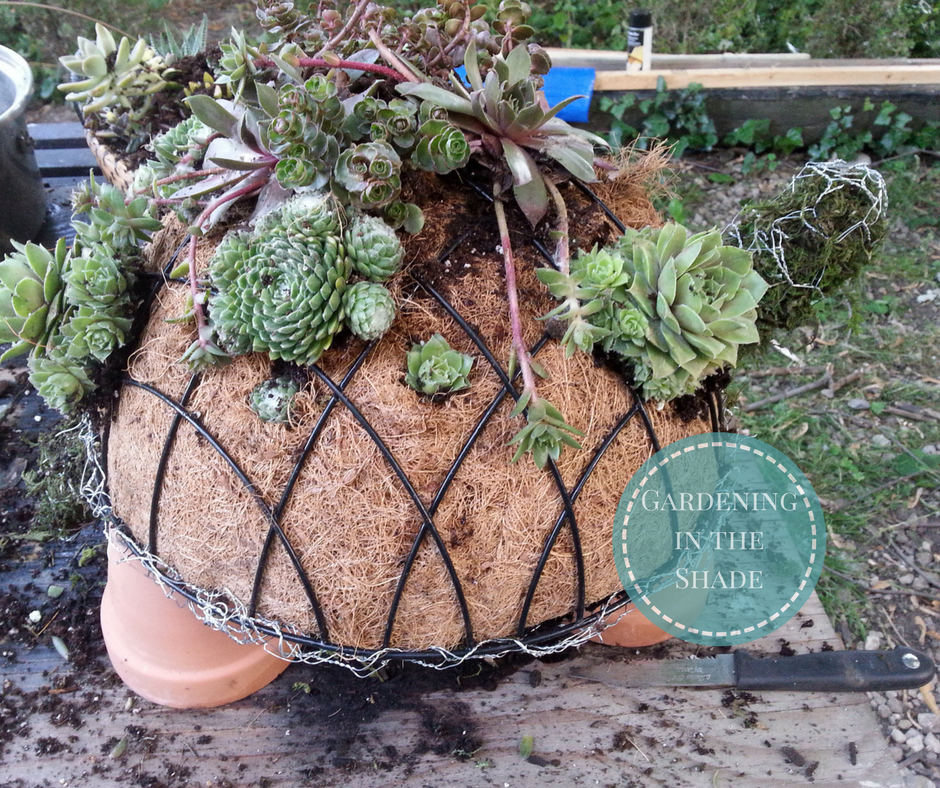
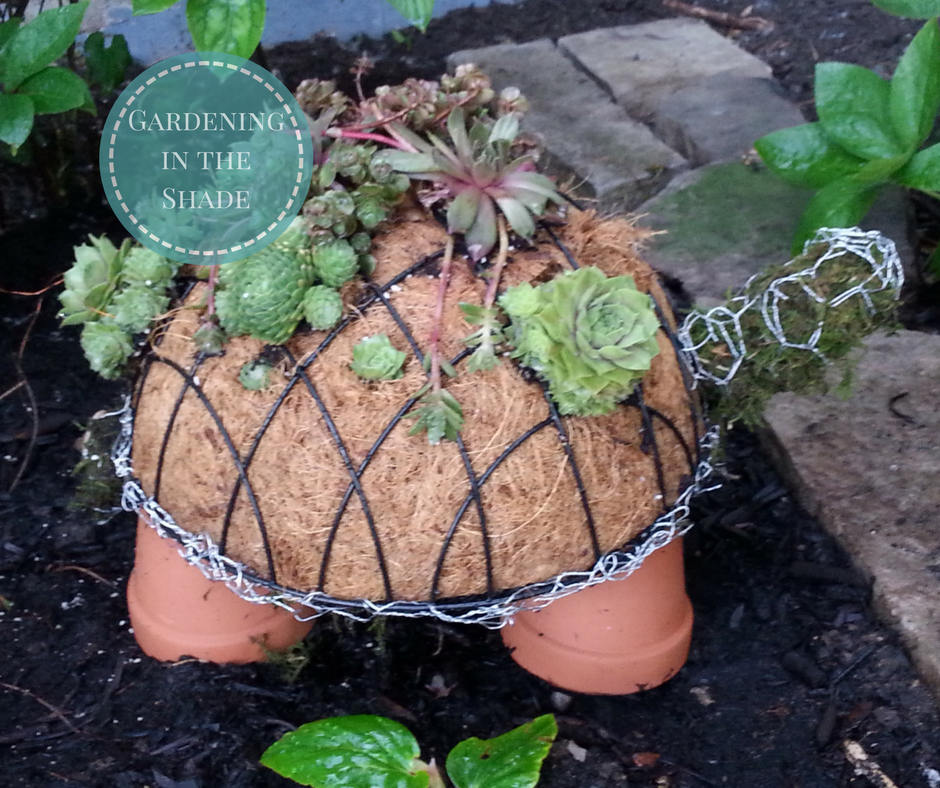
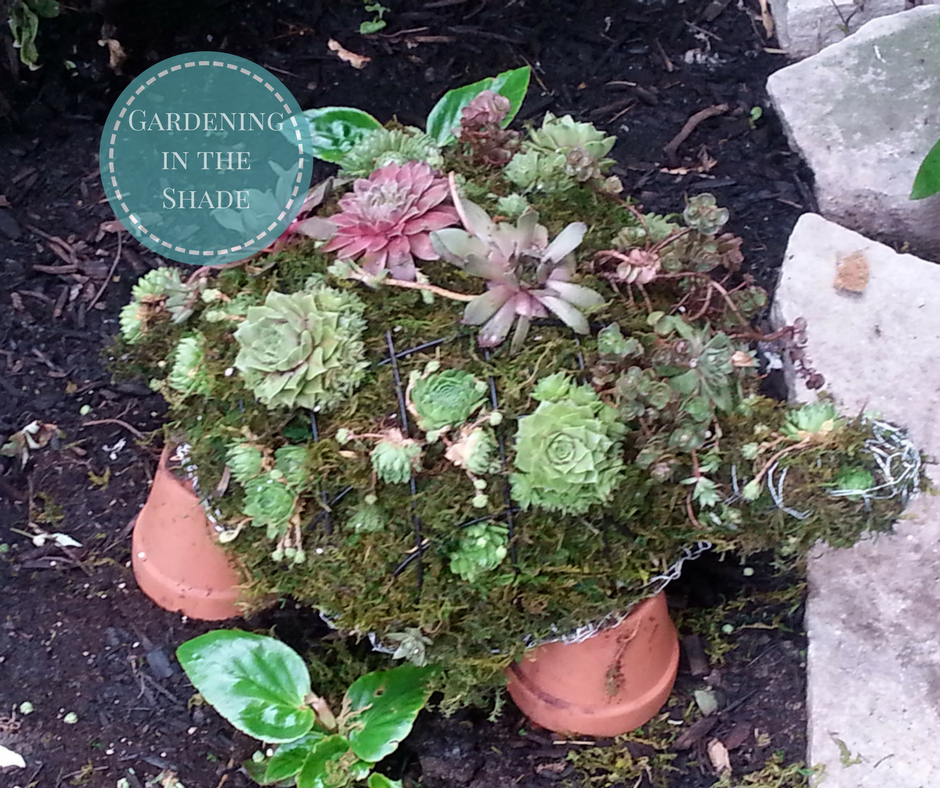
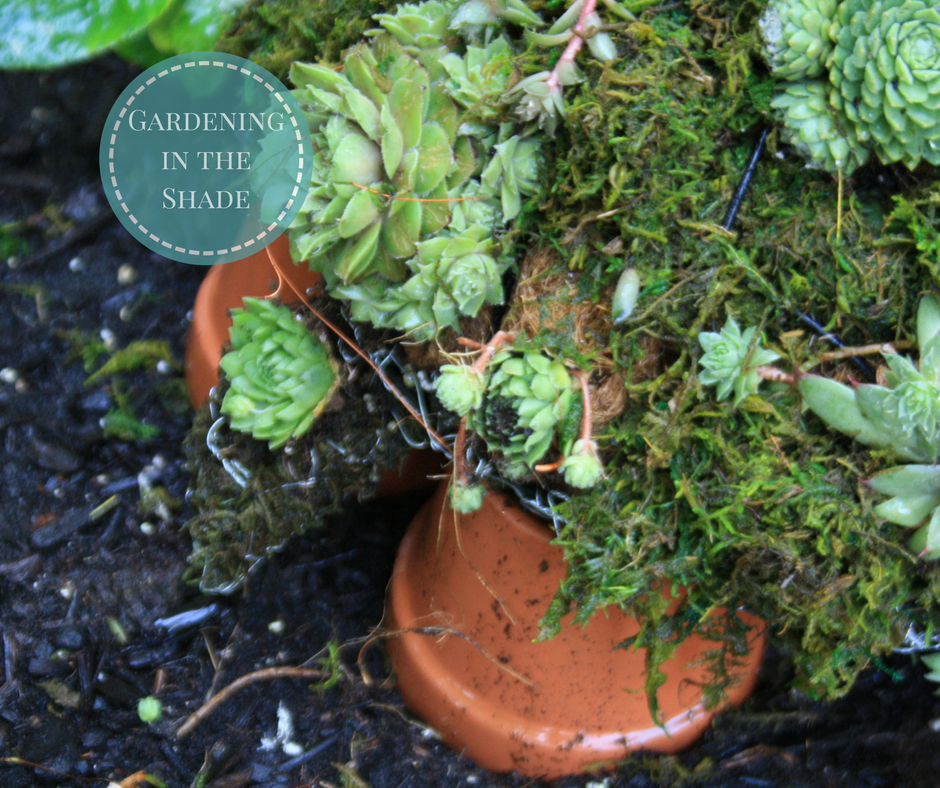
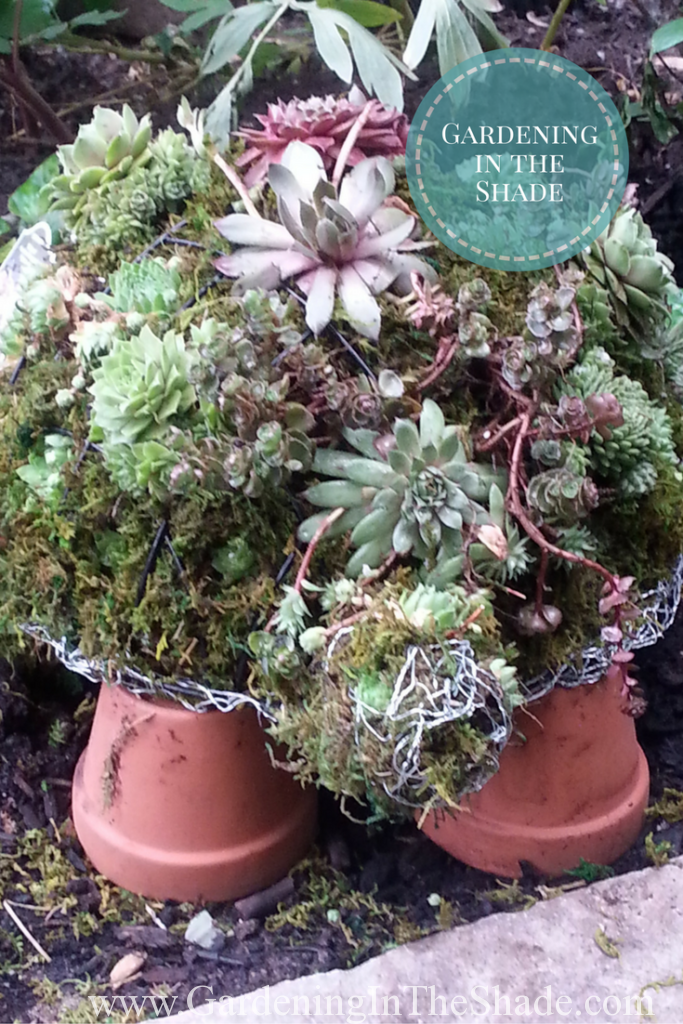
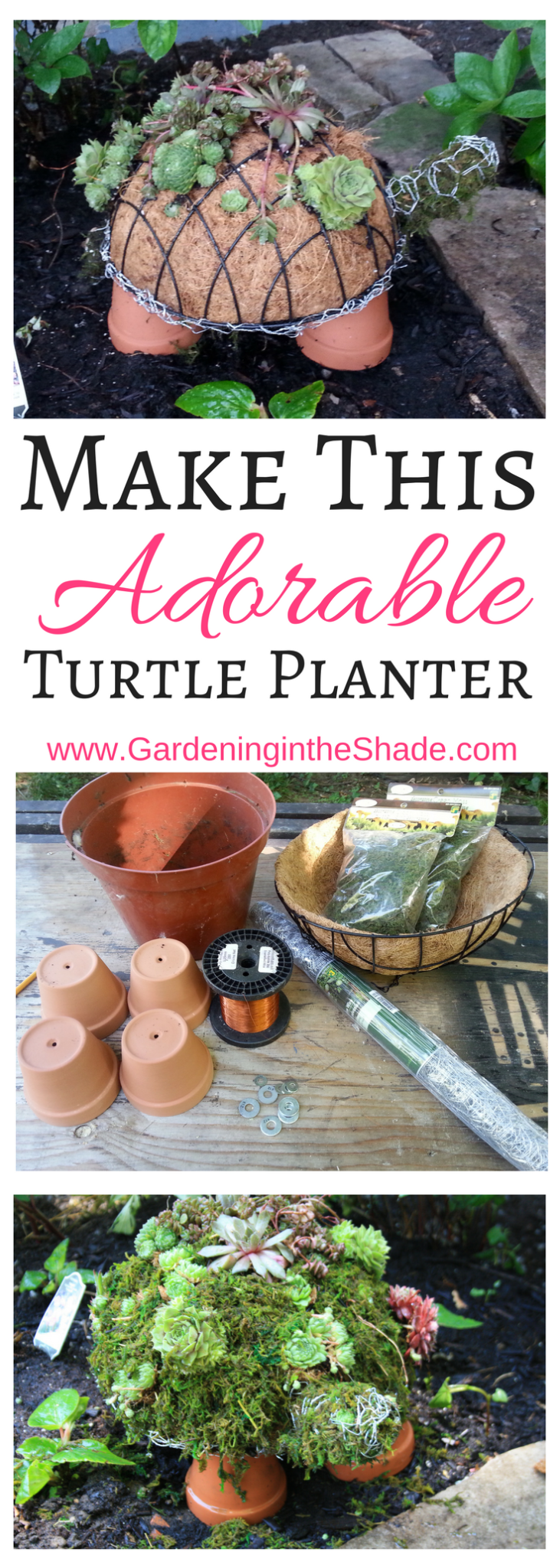 If you enjoyed this post, don’t forget to share it with your friends! For more just like it follow me on
If you enjoyed this post, don’t forget to share it with your friends! For more just like it follow me on 